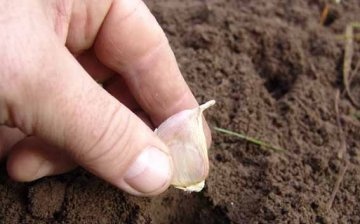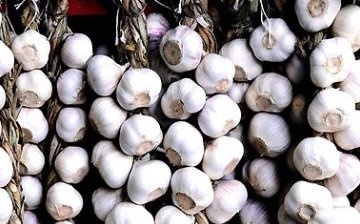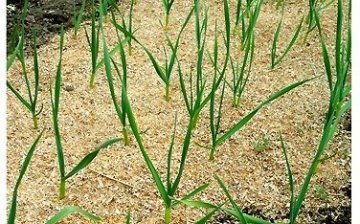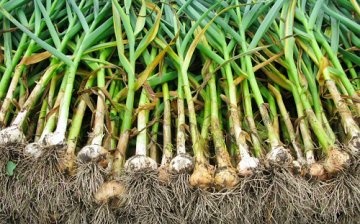Sowing garlic in the fall will ensure a good harvest
Planting such a popular and widespread green culture as garlic can be done both in spring and autumn. Sowing garlic in the winter has a number of advantages, the main of which is that the sowing material does not have to be stored throughout the winter, because there is always a risk of overdrying it. Of no small importance is the fact that by sowing small garlic in the fall, you can get a product of high commercial quality.
Sowing of garlic in winter should be done in well-drained, fertile areas protected from northern winds. It is desirable that these areas dry out quickly with the onset of spring heat.
The beds for sowing garlic begin to be prepared in advance, at the beginning of October, it is desirable that the soil has time to compact and settle before planting. Good precursors for garlic: tomatoes, potatoes, root vegetables, legumes. All roots of perennial weeds should be removed from the garden bed, fertilized:
- humus - 5 liters per sq. m,
- phosphate-potash fertilizers - 15 g per sq.m,
- lime and ash - 0.5 liters per sq.m.
Fresh manure should not be applied to the beds for sowing garlic - in this case, the plants will be more susceptible to diseases, their bulbs will give a lot of greenery, but the cloves of garlic will be small.










